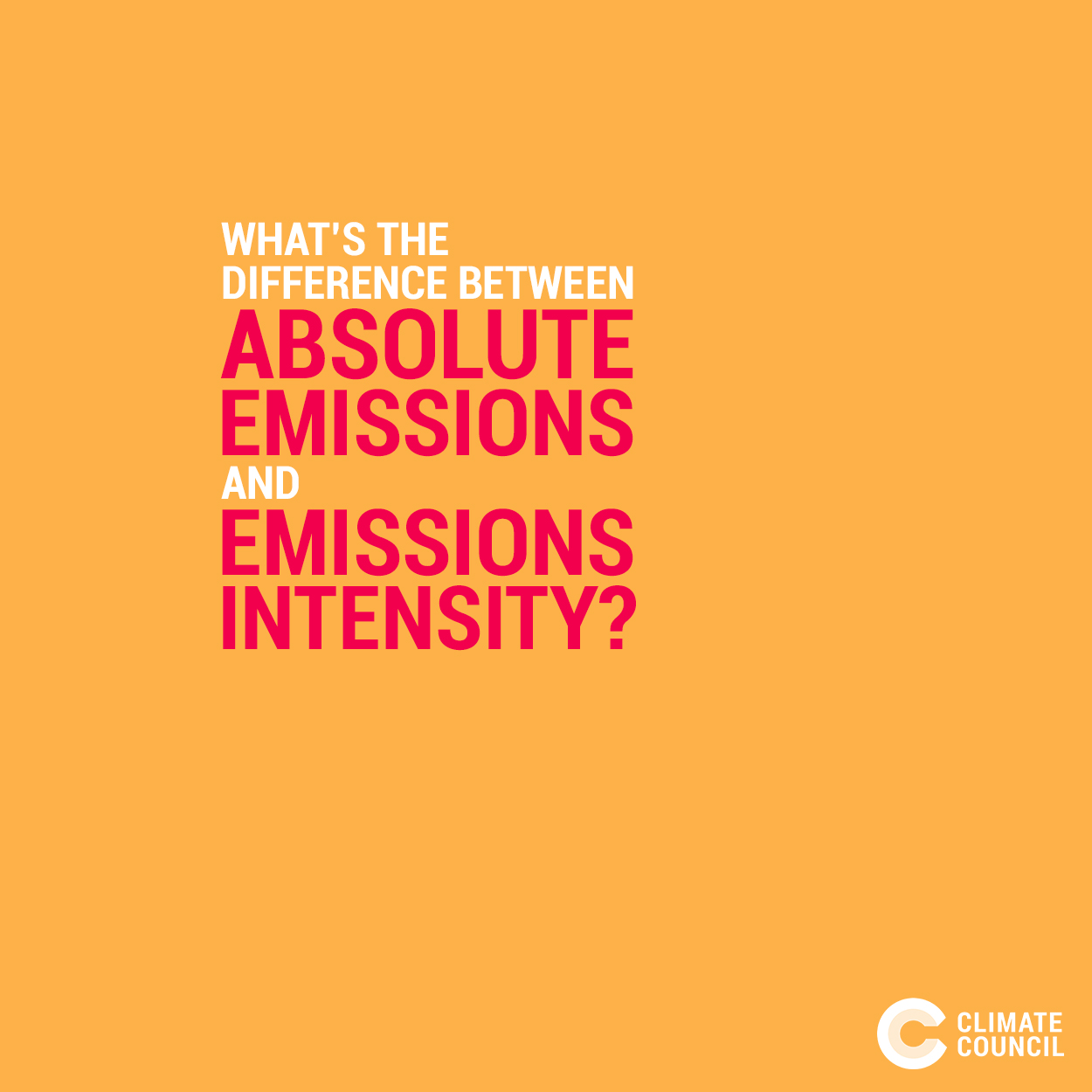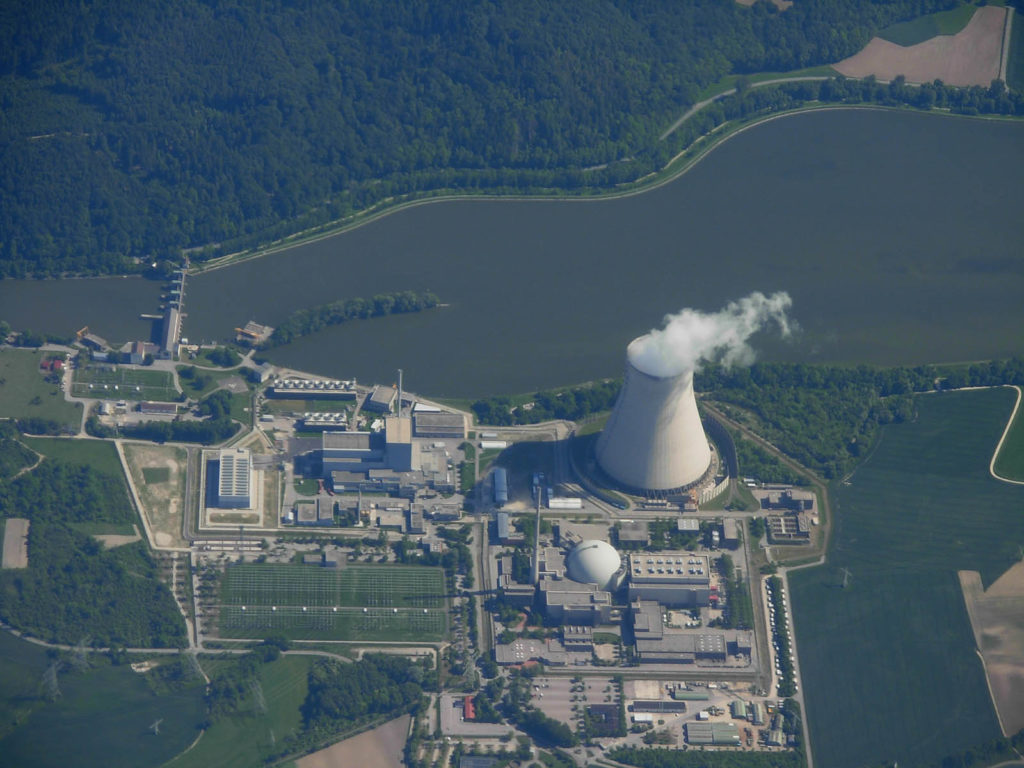
Emission intensity is the volume of emissions per unit of GDP. Reducing emission intensity means that less pollution is being created per unit of GDP. BUT! And this is a big ‘but’ – if GDP grows then so too do total emissions. A more concrete measure of emission reduction is an “absolute reduction”. That‘s the reduction in the total emissions. To tackle climate change total emissions must go down so an absolute reduction is the most relevant measure. Developed countries, like the US and Europe, have submitted absolute emission reduction targets reflecting their intent to reduce their total emissions.
Australia’s capacity to reduce emissions is very high. For example, our emission intensity is roughly twice that of the USA (twice as many tonnes of CO2-e* per $million GDP) and about 2.5 times that of Europe. So really, we have the capacity to reduce our emissions more than either the USA or Europe. However, because we start from such a high emission intensity we have a lot of “low-hanging fruit” and even relatively easy reductions in emission intensity will look large in terms of percentage.
*The ‘e’ in CO2-e stands for ‘equivalent’. This gives other greenhouse gases such as methane, nitrous oxide, etc. a value in CO2 based on their global warming potential. That way you can total them all, rather than having a list of different gases.










